- interview discussing the details of the Gear 5 implementation
- all post-processing and UI rendering is done post-upscaling in the output resolution
- using Relaxed Cone Stepping for extra details instead of parallax occlusion mapping
- a mix of shadow maps and ray-traced distance field shadows
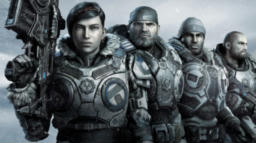
- tutorial explaining how to implement a Caustics effect in unity
- uses a tileable texture, that is sampled multiple times
- slight offsets in RGB sample locations allow for color shifting across channels
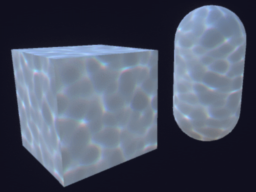
- the article presents an overview of performance methodology to detect performance issues earlier
- including the building of test scenes, early clarification of constraints and constant checking of assumptions
- setting budgets early simplifies expectations and possibilities
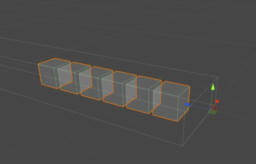
Ubisoft RedLynx is a multiplatform game development studio located in Helsinki. Along with the hugely popular Trials series, we have developed and published more than 100 games and we are a passionate team of over 140 people of 21 different nationalities. We are seeking an experienced Graphics Programmer to join our core technology team in creating impactful game experiences
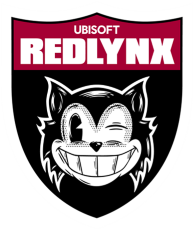
- overview of the state of WebGPU in safari
- Web Shading Language is a new text-based shader language, now supported
- presents compile-time and size comparisons against SPIR-V based implementations
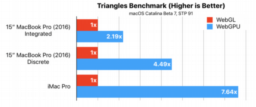
- looks at the behavior of texture sampling in divergent code flows on different hardware
- undefined behavior that is handled very differently depending on the GPU hardware
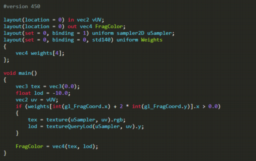
- GPU assisted validation for VK_EXT_buffer_device_address
- SPIRV-opt can now retarget shaders to use RelaxedPrecision without requiring source-level changes

- the paper discusses the design of the Mitsuba 2 renderer
- based on a combination of generic algorithms and composable compile-time transformations
- demonstrates the approach with Polarized light transport, coherent Markov Chain Monte Carlo (MCMC) exploration, caustic design in heterogeneous media with multiple scattering
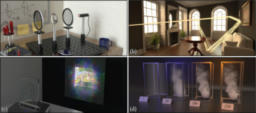
- collection of tech art tweets, many gifs, and videos showing a large variety of effects and art styles
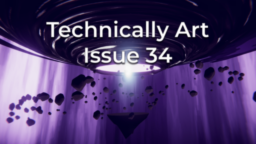
- the paper proposes a new weighting heuristic for multiple importance sampling
- taking into account variance estimations
- shows how to integrate the solution into Bidirectional path tracing
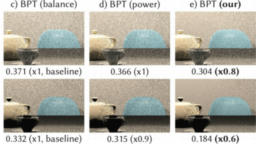
- the paper presents novel integral formulations for volumetric transmittance
- it enables the use of Monte Carlo estimator variance analysis
- comparison of different estimators for different scenarios
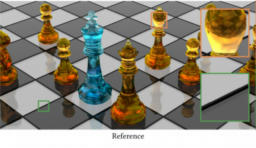
Thanks to Bruno Opsenica for support of this series.
Would you like to see your name here too? Become a Patreon of this series.